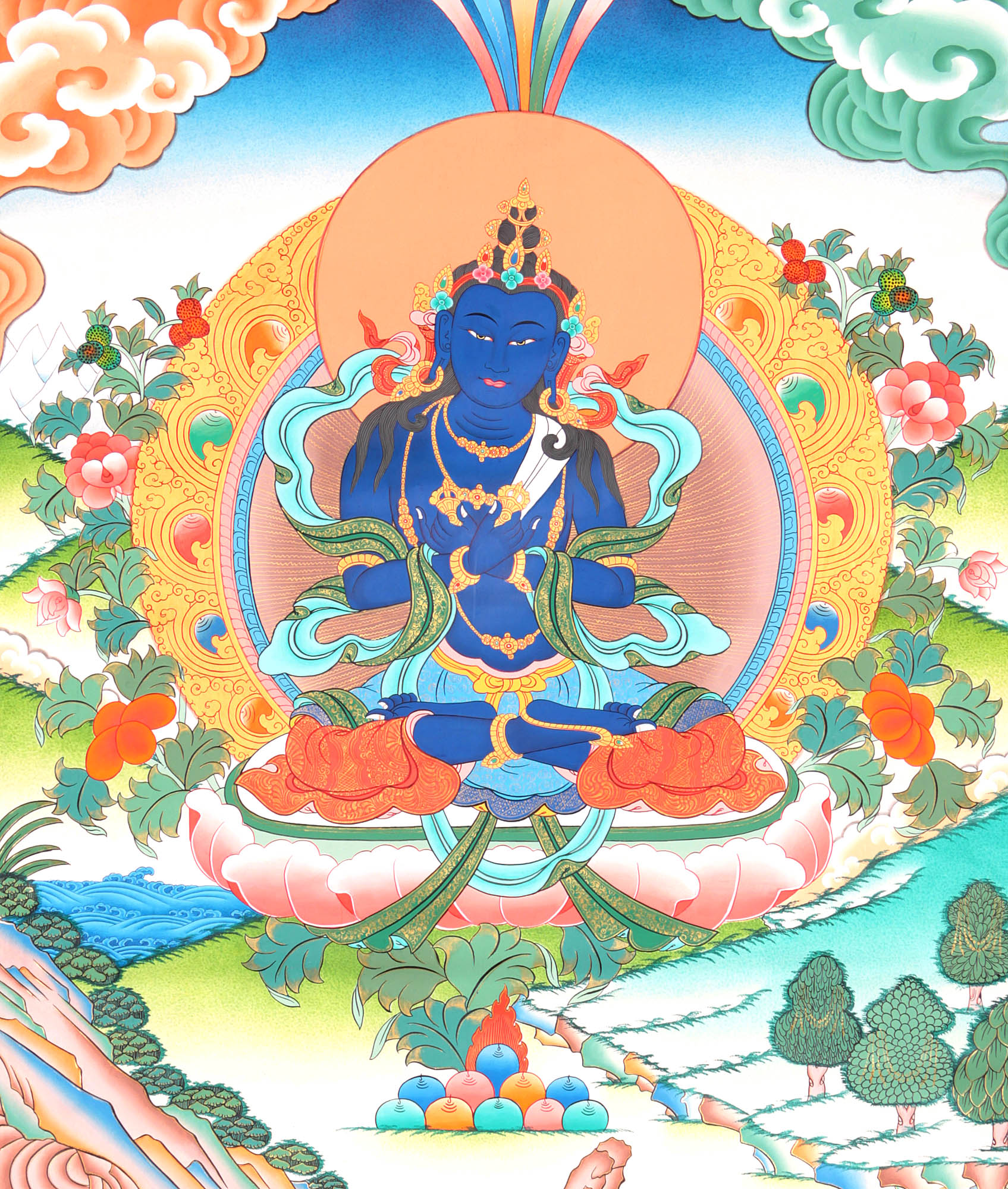Cultural Events
Over the years, the Shambhala community has adopted a tradition of celebrating the changes of the seasons. These are called nyida days, from the Tibetan words nyima (sun) and dawa (moon). Nyida days occur on or near the equinoxes and solstices. All four nyida days are regarded as family-oriented celebrations:
Shambhala Day: lunar New Year
Midsummer’s Day: summer solstice
Harvest of Peace: autumn equinox
Children’s Day: winter solstice
Everyone is welcome to attend these celebrations. Please join us!
Shambhala Day
Shambhala Day is a celebration of the lunar new year and is an important holiday for the Shambhala community. The date is in accordance with the Tibetan new year, “Losar.” Shambhala Centers around the world gather together by sharing an international broadcast. We typically follow the formal events with local festivities with family and friends at the Center and in neighborhood gatherings.
Midsummer’s Day
Midsummer’s Day is associated with the summer solstice. The day often begins with a lhasang (a traditional offering of juniper smoke) that purifies the environment and invokes awakened energy. This gathering is an opportunity for families and friends to enjoy summer fun together. It may include picnics, swimming and boating, outdoor sports, and music and dance performances.
Harvest of Peace
Harvest of Peace occurs around the time of the autumn equinox. It is an opportunity for Shambhala communities to gather, contemplate spiritual teachings, and celebrate the riches of our local cultures and heritage. A live, international broadcast connects Shambhala Centers around the world.
Children’s Day
Children’s Day is held on or near the winter solstice. While all four nyida days are family-oriented occasions, the winter holiday, Children’s Day, provides a special opportunity to express appreciation for and with our children. At a time when the weather begins to bear down upon us, we turn to family for celebration, creativity, and generosity. Because the solstice marks the time of year when daylight has waned and the night is longest, light is a special characteristic of this holiday. At a time when darkness is prevalent, we celebrate our children and their natural ability to remind us of the warmth, heart, and cheerfulness of basic goodness. Celebration of the winter solstice has its roots in many different cultures. The Shambhala community has drawn on traditional images associated with this time of year to create a distinctive and rich festival of our own.
Milarepa Day
Milarepa Day celebrates the enlightenment and life example of Milarepa, one of Tibet’s most famous yogi saints. The celebration involves a full day of practice, including chanting the Milarepa sadhana and reading the songs of the lineage teachers in The Rain of Wisdom.








